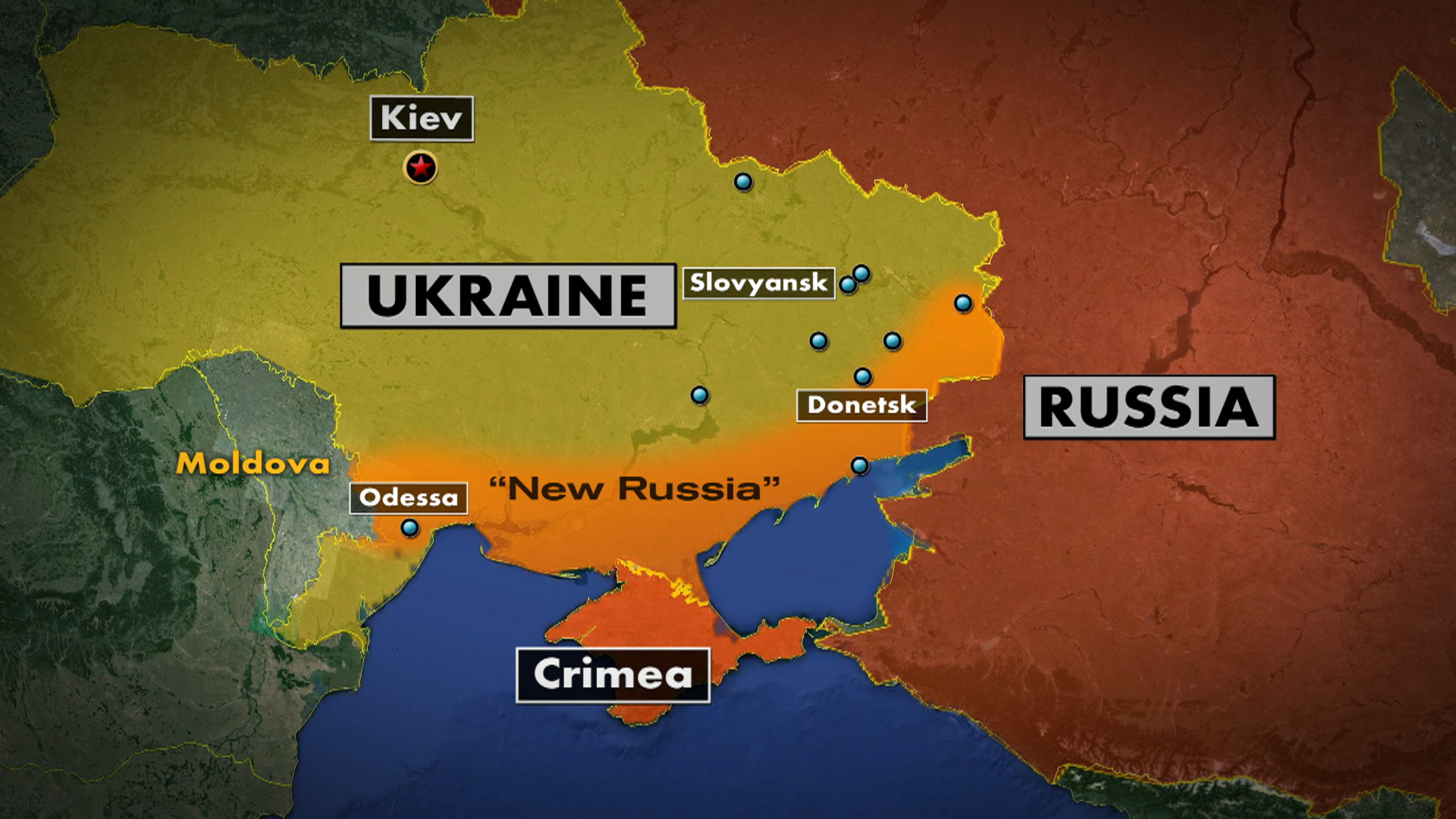US Lifts Bounty on Taliban Leader Sirajuddin Haqqani: A New Era in Afghanistan's Political Landscape
The United States has officially lifted the $10 million bounty on Taliban leader Sirajuddin Haqqani, signaling a dramatic shift in U.S.-Taliban relations. This development marks a significant transformation for a man once deemed one of the world's most wanted terrorists.
In a noteworthy turn of events, the Afghan Interior Ministry announced that the U.S. has removed the financial bounty placed on Sirajuddin Haqqani, who formerly inspired fear as a key figure in the Taliban and orchestrated attacks against American troops and Afghan civilians. For nearly two decades, Haqqani was synonymous with terrorism in Afghanistan, with the U.S. government labeling him their Most Wanted Man. However, the U.S. exit from Afghanistan in 2021 and the Taliban's resurgence have resulted in a complete rebranding of Haqqani—from a notorious terrorist to a statesman and the current Afghan Interior Minister.
This transformation is underscored by Haqqani's growing role in Afghanistan’s governance, where he has emerged as a voice of moderation amid a government often criticized for its extremist ideologies. The lifting of the bounty reflects a broader shift in the geopolitical landscape and the U.S. government's evolving approach to engaging with the Taliban regime.
Hostage Releases and Diplomatic Engagements
The news of the bounty's removal comes shortly after the Taliban released U.S. citizen George Gesman, who had been held for two years. His release is part of a series of actions where the Taliban has freed three U.S. detainees since January 2023, indicating a potential thaw in relations. This development coincides with high-level talks between former U.S. officials and Taliban leaders, marking a significant step in direct U.S.-Taliban diplomacy since the Trump administration.
The lifting of the bounty is noteworthy as it underscores the U.S.'s shift from a confrontational stance to one that might foster dialogue and negotiation. Currently, no living Afghan Taliban leader carries a U.S. bounty, highlighting the extent of this political metamorphosis.
Internal Struggles Within the Taliban
While the U.S. and Taliban dynamics evolve, internal strife within the Taliban poses challenges for stability. Reports suggest ongoing power struggles between Sirajuddin Haqqani and Mullah Hibatullah Akhundzada, the Taliban's supreme leader. The recent assassination of Haqqani's uncle, Khalil Haqqani, has been interpreted as an indicator of the internal conflicts that could affect the Taliban's governance moving forward.
As Afghanistan navigates this complex landscape of diplomacy, the lifting of the bounty on Haqqani may indicate a willingness from the United States to engage with the Taliban on critical issues, including security and humanitarian concerns. However, the underlying tensions within the Taliban leadership could complicate these diplomatic efforts, as factions vie for power and influence.
Conclusion
The lifting of the bounty on Sirajuddin Haqqani signifies a new chapter in U.S.-Taliban relations, one that reflects changing geopolitical realities. As the Taliban seeks legitimacy on the world stage, the U.S. appears to be adjusting its strategies to promote dialogue, despite the challenges posed by internal divisions within the Taliban. The future of Afghanistan remains uncertain, with ongoing power struggles and the need for diplomatic engagement setting the stage for what lies ahead in this complex political landscape.
What's Your Reaction?















